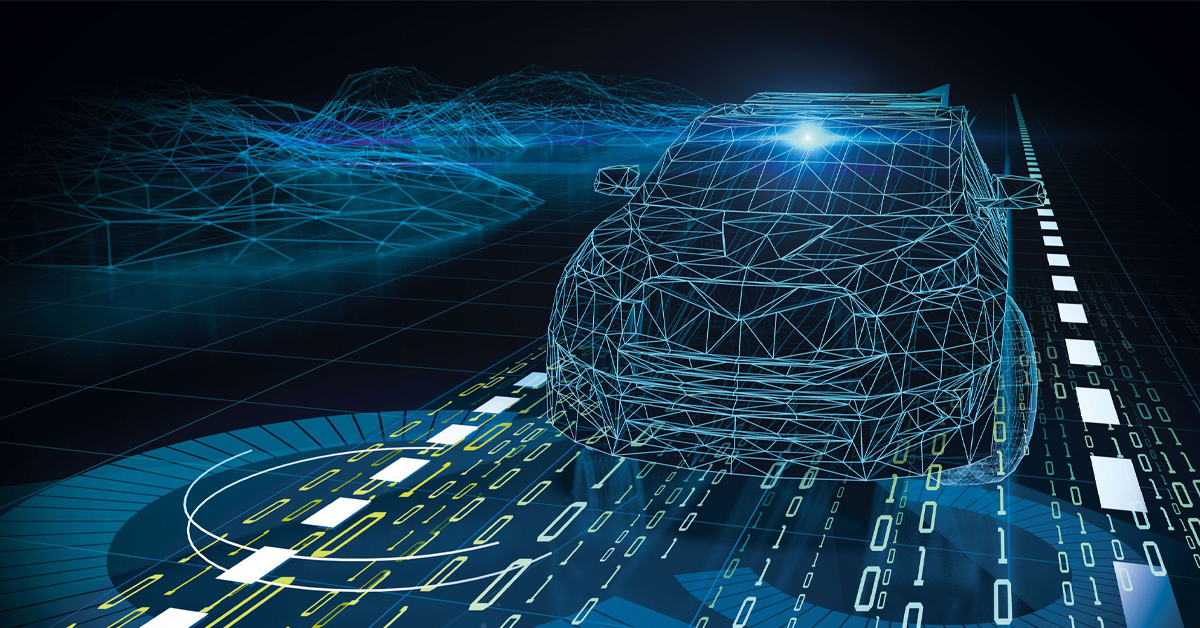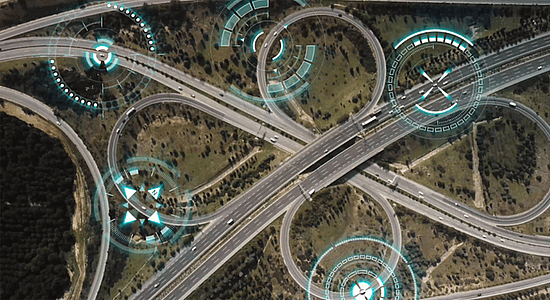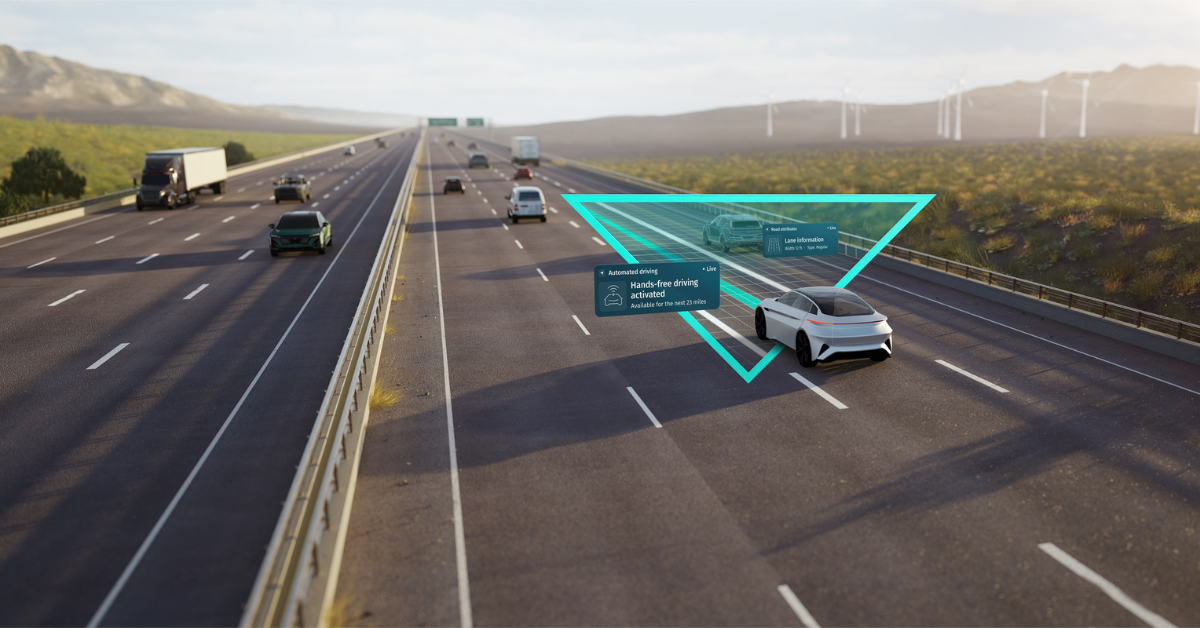He continues: “We also have plans for a Gigafactory which will help the city transition into sustainable energy through electric vehicles by creating and supplying lithium-ion batteries. The factory can create enough batteries to power 600,000 electric vehicles a year. Coventry truly is leading the way for a greener, more sustainable, future.”
Another EV-related issue that Evans-Gadgil is keen to explore is the burgeoning second- and third-hand electric vehicle market and the potential effects on the road infrastructure.
EV cost parity has to happen so, from a charging infrastructure perspective, it is not just having chargers on the street or in car parks, it needs other solutions and other options.
“Cost parity has to happen so, from a charging infrastructure perspective, it is not just having chargers on the street or in car parks, it needs other solutions and other options. For example, if you've got off-street parking you can register as an EV charging host so when somebody who hasn't got a driveway or a garage to charge their EV they can see on the app who and where the hosts are and charge their vehicle using your facility. This will help to increase the second- and third-hand EV market,” she explains.
“We are resilient species, she concludes. “One of the things I am a very firm believer in is that if there are challenges you need to voice them because otherwise innovation cannot take place. There is a sector of people who will do nothing but tell us what the challenges are and there are other sets of people that will look at those challenges and go and do something about it. With electric vehicle charging infrastructure I have solutions to those challenges.”
A CERTIFIED SUCCESS
A specialist in V2I (Vehicle-to-Infrastructure) systems, Professor José Manuel Menéndez from the Universidad Politécnica de Madrid’s Higher Technical School of Telecommunication Engineers’ Visual Telecommunications Application Group has been part of a consortium that were tasked with implementing the results of an intelligent road infrastructure project in Spain. It’s fair to say that results were ‘mixed’ but Prof Menéndez has identified one area of the topic that has, until now, not been sufficiently addressed. Over the last five years, Intertraffic enquired, what does he believe to have been the most important and biggest innovations in V2I?
“This is not an easy question to answer,” he admits immediately. “Because we were not very successful, here in Spain, in trying to create a consortium trying to deal with the issue of how cars are moving towards electrification and also to automation. You don’t need to look too far to find cars that are able to drive independently - to some extent this is quite easy, especially on open roads and highways, but when you get into the city, the environment is so much more complex that the autonomous car is not that simple to implement.”
Intelligent vehicles have been talked about for a number of decades but Prof Menéndez’s thoughts are turned to, and tuned to, the intelligence of the vehicle’s surroundings.
“The intelligent car is aware of what is happening around it. A Tesla, for example, is able to detect other vehicles and pedestrians but the situation where you have many participants, such as traffic lights and bicycles makes the environment so much more complex that part of the sensing capability has to be in the infrastructure and part of the intelligence has also to be embedded in the infrastructure.
Part of the sensing capability has to be in the infrastructure and part of the intelligence has also to be embedded in the infrastructure.
“The idea was to launch a project in which we could, to some extent, apply some kind of a certification to the infrastructure about the level of sensing and the level of intelligence and that the infrastructure has to provide some help to the vehicle to increase its automatic driving capabilities. We have tried to run these projects a couple of times but we couldn't find the proper tender in which we could source the really big amount of money that is needed.”









